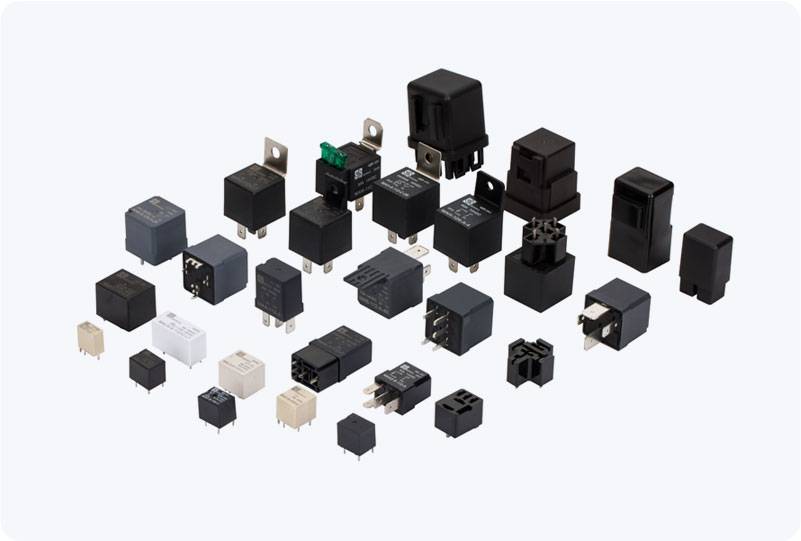Ground Fault Relays (GFRs) play a crucial role in the safety and efficiency of electrical systems. As a safety device designed to detect ground faults—an unintended path of electrical current flowing to the ground—GFRs serve as the first line of defense against electrical hazards. With an increasing reliance on electricity in modern society, understanding the function, importance, and applications of Ground Fault Relays is essential for both professionals and the general public.

What is a Ground Fault Relay? A Ground Fault Relay is an electrical device that monitors the current flowing through electrical circuits. In normal operations, the amount of current flowing in and out of a system should balance. However, if a fault occurs—such as an insulation failure or equipment damage—some current may escape, causing an imbalance. GFRs are designed to detect this imbalance quickly and trigger alarms or disconnections to prevent potential hazards such as electric shocks, fires, or equipment damage. How Do Ground Fault Relays Work? The operation of a Ground Fault Relay is fairly straightforward. The device continuously monitors the current in the electrical system through its sensors. When a ground fault occurs, the relay identifies that the outgoing current does not equal the incoming current, indicating a leakage to the ground. Upon detection of this current imbalance, which can be as low as 5 mA, the GFR activates, often utilizing an electro-mechanical switch or solid-state technology to interrupt the power supply to the affected circuit. This swift action minimizes damage, ensuring safety for both equipment and personnel.